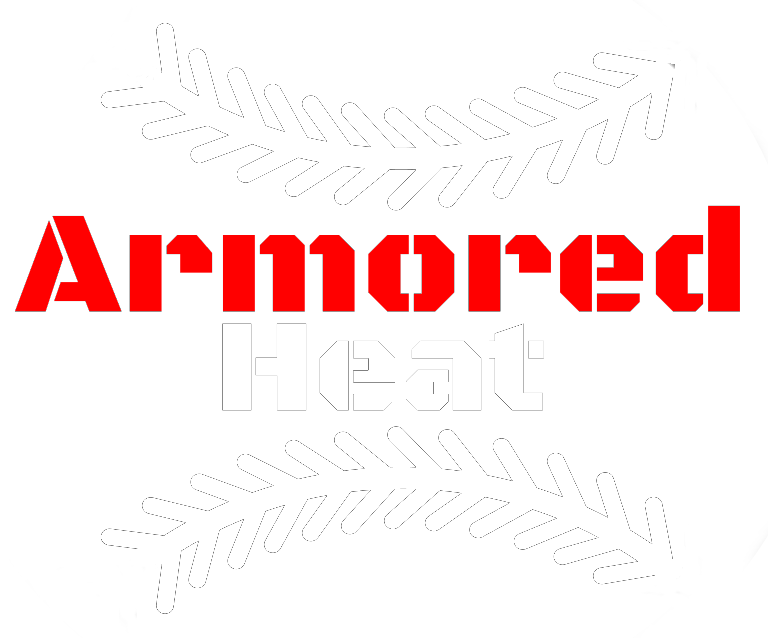10 Tips On The First Month After Tommy John
Coming out of surgery, it is easy to be very motivated early in the process but not really sure where to apply that motivation to. Here are 10 Golden Nugget Tips for the First month Post-surgery:
1) If you properly evacuate fluids (swelling, edema, etc) out of the elbow in this first month, you will almost never need to push Range of Motion: This is the most crucial part of the first month of rehab and you should be targeting it with multiple different methods and doing so multiple times a day.
2) No Sweat for the first 10-14 days: Listen to your surgeon/Medical Staff on this one, but is it typically necessary to wait 10-14 days (until suture removal) to start sweating to avoid infection. After that mark, it is great both physically and psychologically to start getting some light workouts in of the unaffected body parts
3) Focus on the Palmaris Longis Incision Site As Well: There is obviously a ton of attention paid to the Elbow incision site and for good reason, but make sure you are also addressing the Palmaris Longis site (if used) as well. You want to regain this full wrist extension and if you wait too long to start addressing that, it can become very difficult
4) Drink a ton of water Following Surgery: A part that is not often talked about after surgery is the constipation that can accompany it. Crush water in the following days to avoid this. Metamucil can help assist this is needed
5) Take the Time to Learn how to set up your adjustable brace correctly: If it’s too tight, you can trap swelling in the arm forcing it to contiue to build up during the process. If it is too loose, the adjustable brace in no longer doing it’s job. Believe it or not, this a very common reason we see athletes struggle to evacuate swelling. Tip: Tighten straps 2-3 before moving to straps 1-4
6) Start Shoulder and Scapular Work Early: We will leave out timeframes as each surgeon will have a different protocol, but initiate your non-elbow stressing shoulder and scapular work as soon as allowed during the process. There are very few other times in your career where you will get this much time away from competition to make HUGE improvement. Don’t waste it.
7) Talk to someone that has been through the process: This is big time! Find someone you respect or look up to and have them talk about the entire rehab process with you. There are many things that are better or different coming from a fellow athlete than a medical professional. They will also better describe the emotional ups/downs of the process
8) Get Pre Surgery Baselines for Strength and Range of Motion Testing: This is more so for the days leading up to surgery, but make sure you get these baseline measurements so you have a comparison to make as to move through the rehab process. There is no way to get a max effort baseline if you wait until after surgery
9) Select Your Rehab Team: If you have not already done so, select your team of a PT/ATC, S&C Coach, and Pitching coach for when that time comes. We highly suggest finding people who you trust and have been though this process before as there is no substitution for reps here.
10) Check Ulnar Nerve Symptoms: It is common to have some Ulnar Nerve symptoms into the wrist and hand acutely after surgery, but you want to monitor these and make sure you are seeing steady improvement if they are present. Simple test for this is: Sensation of the pinky and outside half of the ring finger AND Moving the pinky into Abduction or toward the outside. Obviously, a medically professional should assist you on this one.
GO DOMINATE THE REHAB PROCESS!!
** All of this information is for Educational purposes only and should not replace medical advice that you have received

